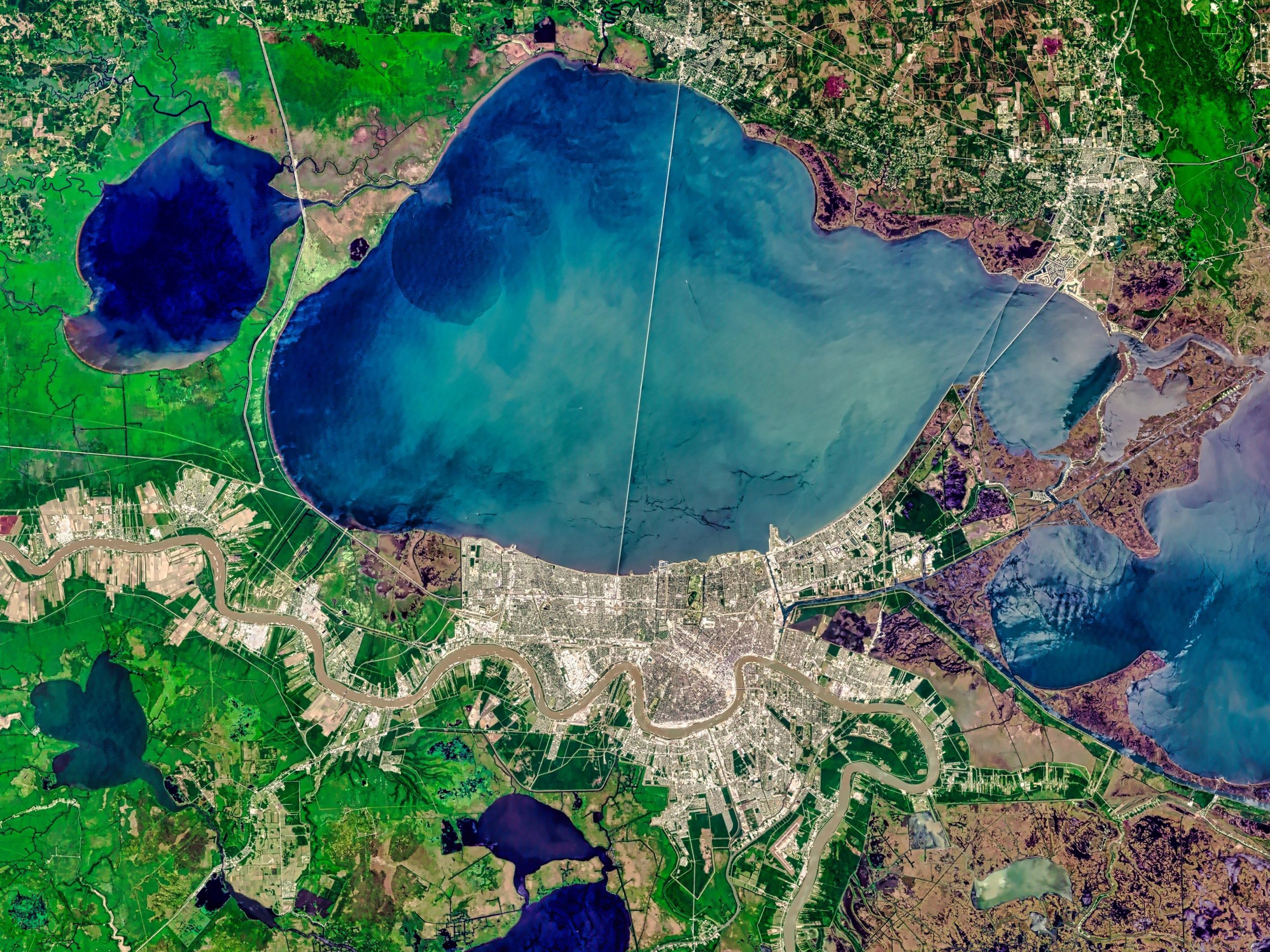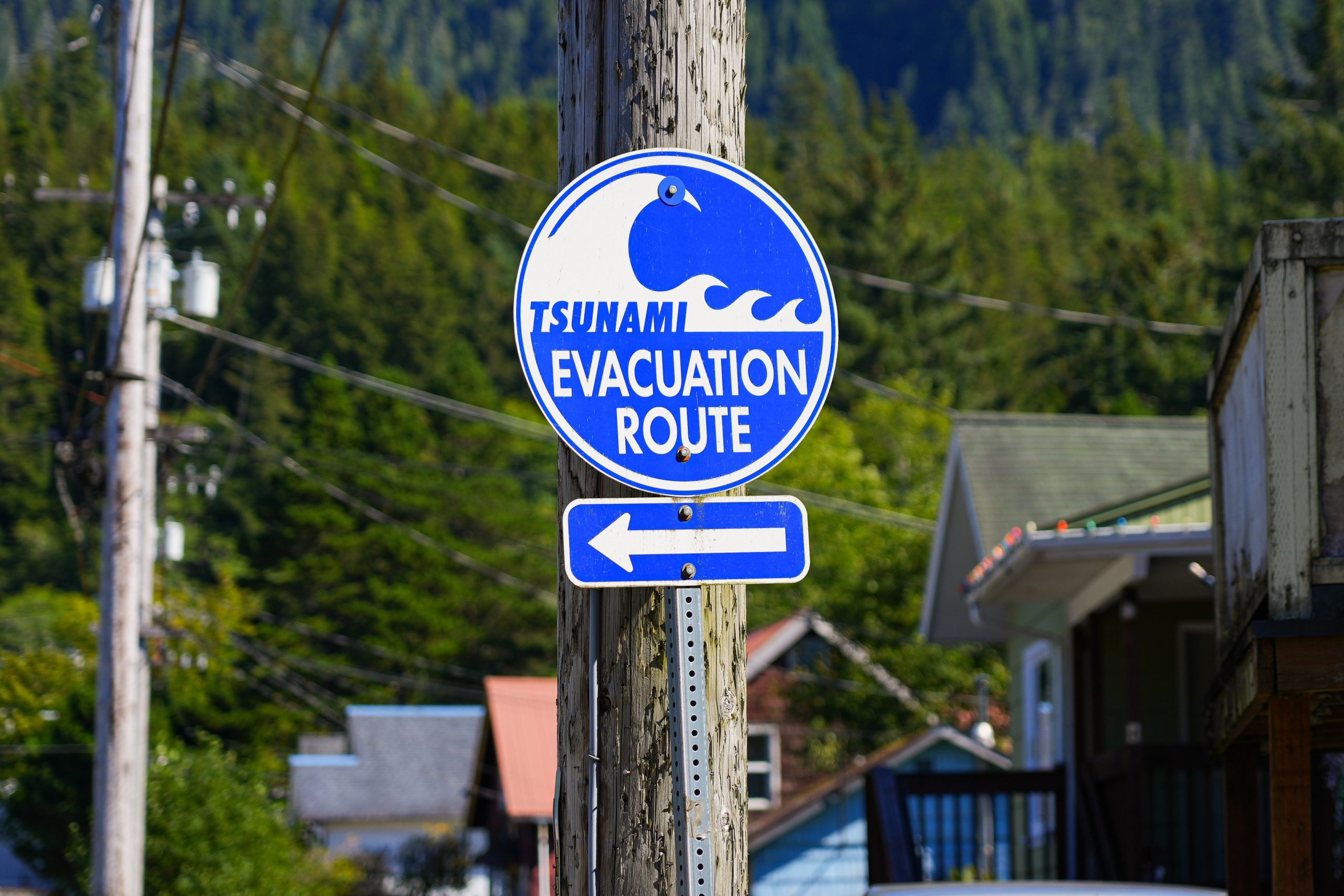
A few days after taking office, President Joe Biden signed Executive Order 14008 and established the Justice40 Initiative. The order committed the federal government to directing 40 percent of the benefits from a specific subset of federal investments towards disadvantaged communities — those that have been historically “marginalized, underserved, and overburdened by pollution.”
Many Justice40 (J40) programs relate to environmental issues, like climate change, energy, affordable and sustainable housing, transit, and water infrastructure investments. The initiative aims to address the disparate environmental impacts faced by marginalized communities across the United States and commits the federal government to incorporate environmental justice throughout its infrastructure investments.
As a result, many of the programs created or funded by the Inflation Reduction Act (IRA)and the Infrastructure Investment and Jobs Act (IIJA) fall under the J40 initiative— 54 of which are tracked on the Water Program Portal. A full list of J40-covered federal programs can be found in WPP’s Library here, alongside other J40-relatedresources.
Amounting to $116 billion in federal investment — about 90 percent of which is housed under IIJA — these 54programs are administered by eight different federal agencies. The Environmental Protection Agency is charged with disbursing $49 billion, largely to programs focused on drinking water, restoration, and water conservation.
Interestingly, the guidance issued by the federal government regarding J40 programs only denotes which programs qualify. What is missing ,however, is an explanation on what guidelines are used to select these programs. While some programs — such as those directed towards Tribal Nations —clearly qualify, other programs are not so discrete. However, if a project takes place in a disadvantaged community, it absolutely is a J40 project; the main tool being used to identify these project areas is the Climate and Economic Justice Screening Tool, which was recently explained on the Climate Program Portal.
Three examples of J40 programs on the Water Program Portal are IRA’s Department of the Interior-managed Tribal Climate Resilience program, IIJA’s EPA-managed National Estuary Program Grants, and IIJA’s Department of the Interior-managed Abandoned Mine Reclamation Fund.
The Tribal Climate Resilience program is a competitive grant with $225 million available for Tribal Governments to support climate change adaption planning and community relocation (note that only federally recognized Tribal Nations and Alaskan Native villages are eligible for this funding). By providing financial and technical assistance, the program solidifies access to the resources necessary for Indigenous communities to prepare for and adapt to new climate realities.
The Bureau of Indian Affairs oversees the awarding of the program’s funding, in addition to the other $10 million from IRA for Fish Hatchery Operations and Maintenance and $216 million from IIJA for tribes’ Community Relocation and Adaption Planning.
The National Estuary Program Grants totals $132 million in competitive grants. Overall, there are 28 estuaries that qualify for protection under the program due to their “national significance.” Funding is allocated annually, alongside technical assistance, to the organizations that oversee the estuaries— including nonprofits, state and local agencies, and universities.
A unique facet of the program is that each estuary’s program recipients develop detailed, long-range plans. In formulating these plans, time is invested with diverse, relevant stakeholders that rely on or utilize the estuary, an important example of grassroots, localized involvement.
Finally, the Abandoned Mine Reclamation Fund is an $11.3 billion behemoth — to be distributed over 15 years through about$725 million annually. The program is focused on ecological restoration and drinking water quality improvements via competitive grants. States and Tribal Nations are eligible to apply for funding to reclaim lands damaged by historically insufficient coal mining-related regulations.
In a federally released guidance document, states and Tribal Nations are encouraged to dispense awards first to projects that support J40 goals. For instance, projects to ameliorate public health and safety, restore local water supplies, and abate acid mine drainage in communities that have experienced a legacy of harm due to coal mining are ideal examples.
These programs demonstrate the multiple pathways the federal government is taking to enhance environmental justice initiatives. While a goal of 40 percent of funding is important, J40 lays the foundation for federal agencies to weave environmental justice related outcomes into every step of their policy making and implementation.


